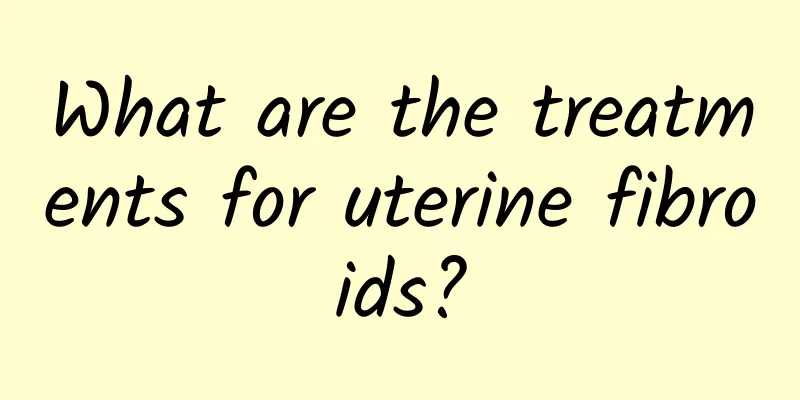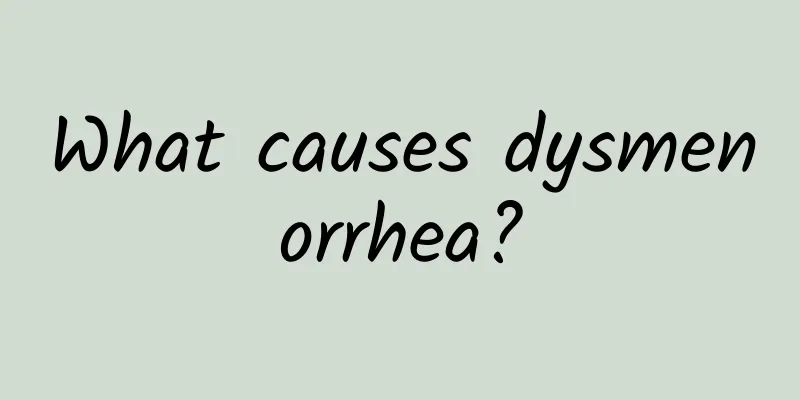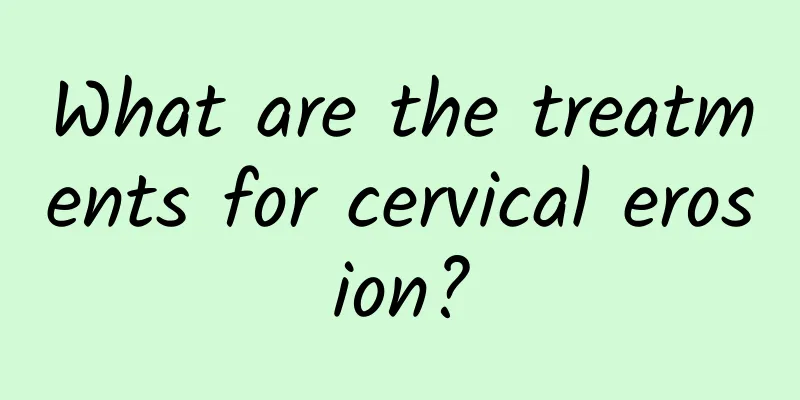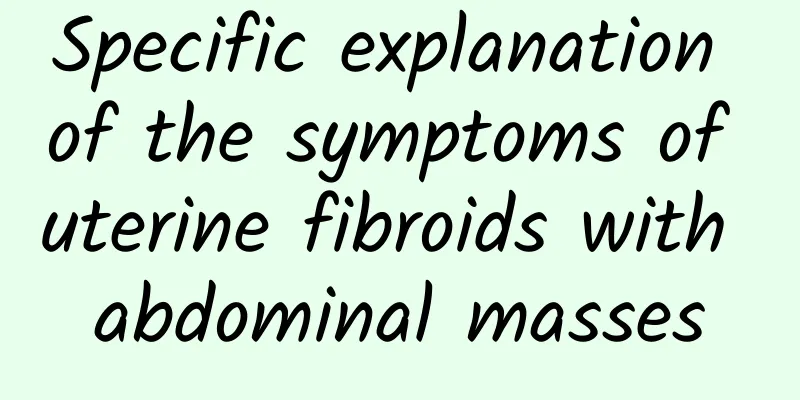What are the treatments for uterine fibroids?

|
The treatment of uterine fibroids should be based on the patient's age, fertility requirements, symptoms, location and size of the fibroids, etc. The Western medicine treatment methods mainly include: 1. Follow-up observation For patients with asymptomatic fibroids, especially women near menopause, follow-up examinations can be performed every 3 to 6 months. 2. Surgical treatment Surgical treatment is suitable for: patients with fibroids larger than the uterus at 10 weeks of pregnancy; patients with menorrhagia, secondary anemia, and ineffective drug treatment; patients with bladder and rectal compression symptoms; patients with cervical fibroids; patients with rapidly growing fibroids and suspected malignant transformation. Treatment can be performed by abdominal, vaginal, or hysteroscopic and laparoscopic surgery, including myomectomy and hysterectomy. 3. Drug treatment It is mainly suitable for patients whose fibroids are smaller than the size of a 2-month pregnant uterus, whose symptoms are mild, who are near menopause, and whose general condition is not suitable for surgery. The main treatment drugs include: gonadotropin-releasing hormone analogues, mifepristone, etc. 4. Interventional treatment It is mainly suitable for patients with symptomatic uterine fibroids who do not need to preserve fertility but want to avoid surgery or have high surgical risks. The indications for this type of treatment should be strictly followed. In addition to the above situations, patients with uterine fibroids and pregnancy should pay attention to the following: those who are asymptomatic during pregnancy should undergo regular prenatal examinations and close observation, and generally do not require special treatment; patients who give birth naturally should pay attention to preventing postpartum hemorrhage; if the fibroids hinder the descent of the fetus, a cesarean section is required. Whether the fibroids are removed during the operation should be determined based on the size and location of the fibroids and the patient's condition. |
<<: Pathological features of uterine fibroids
>>: There are 3 types of ovulatory dysfunctional uterine bleeding
Recommend
Eat right to lose weight, start with 9 small steps
Eating a lot of snacks when feeling irritated at ...
Why is the first menstrual period dark in color after abortion?
Nowadays, society is relatively open, so the inci...
Do you know what are the symptoms of malignant ovarian cysts?
Ovarian cysts are generally benign, but the sympt...
Patients should always pay attention to daily precautions for cervical hypertrophy
Suffering from cervical hypertrophy will bring gr...
What preparations are needed for myomectomy? What preparations are needed for myomectomy?
What preparations are needed for myomectomy? What...
What are the symptoms of uterine fibroids? How to treat uterine fibroids
Patients with uterine fibroids do not need to und...
Introduction to the treatment of acute adnexitis
Acute adnexitis is a common disease, and patients...
How to detect bacterial vaginosis
Nowadays, many women are paying attention to the ...
Relieve muscle soreness after heavy training by following the Korean hot model and drinking this soup
In order to have beautiful body curves, more and ...
How to treat premature ovarian failure
How to treat premature ovarian failure? Premature...
What are the possible causes of ectopic pregnancy?
When every mother is pregnant, her heart is full ...
What are the causes of irregular menstruation?
Menstrual disorders are also called irregular men...
Look at the difference between medical abortion and surgical abortion, and learn how to choose!
Medical abortion and surgical abortion are two co...
What happens if there is too much pelvic fluid?
Pelvic effusion is a very common gynecological di...
How to treat cervical erosion in women? Several physical treatment methods for cervical erosion
Cervical erosion is a common gynecological diseas...









